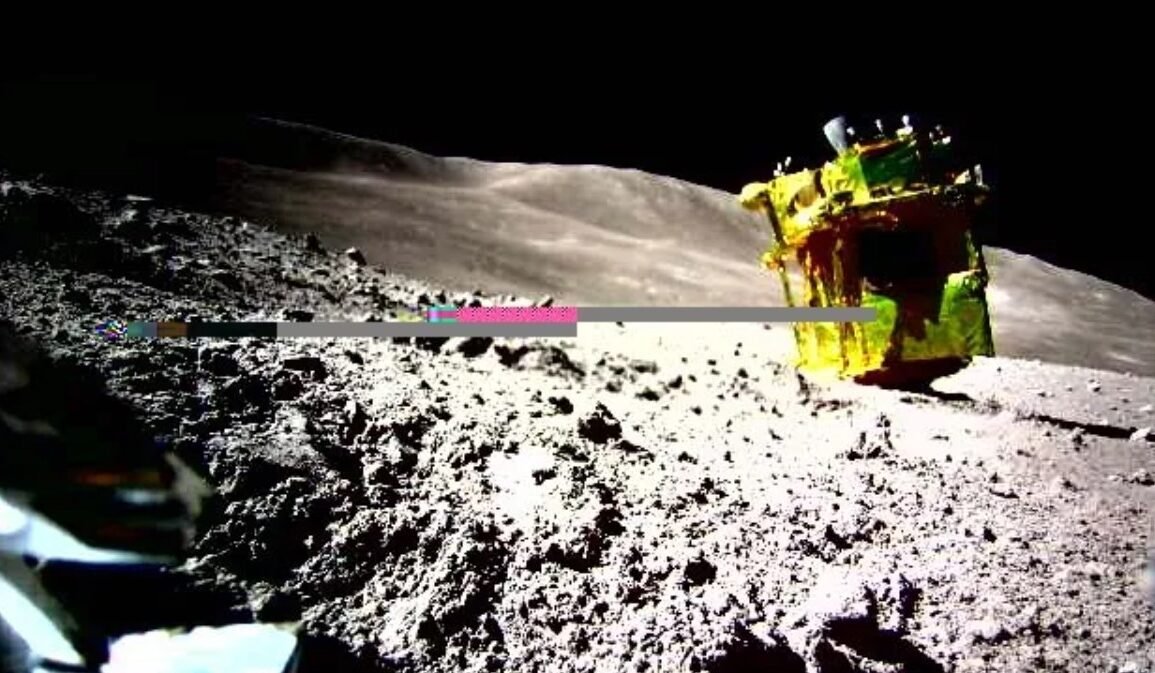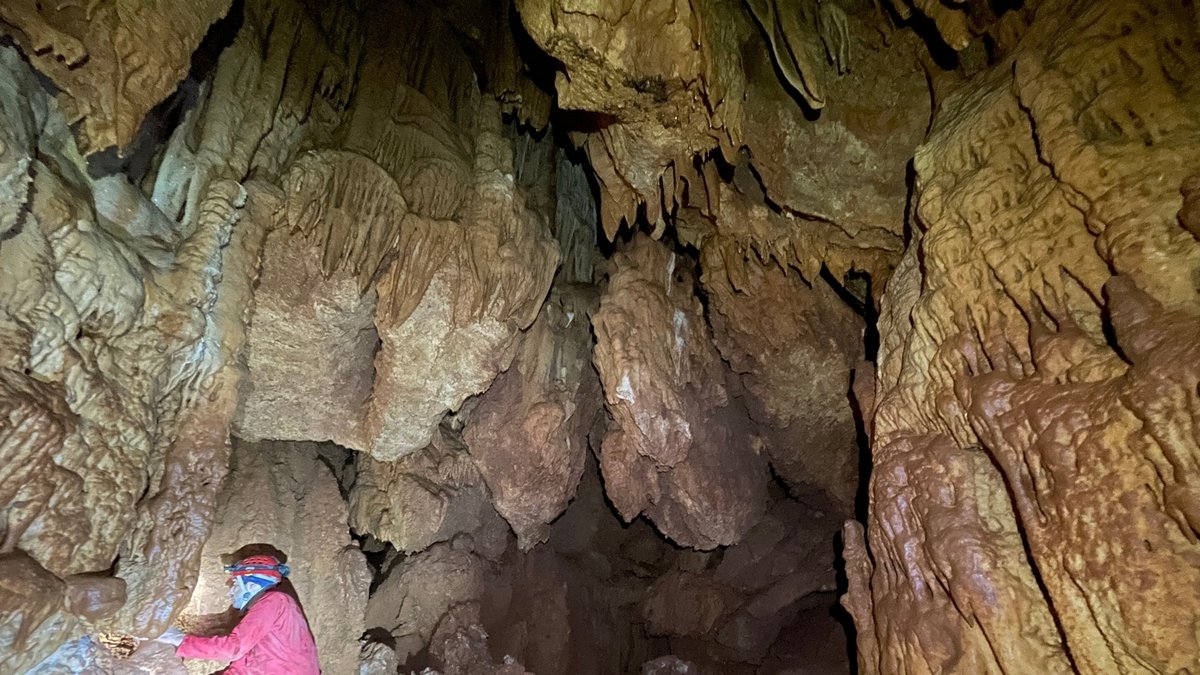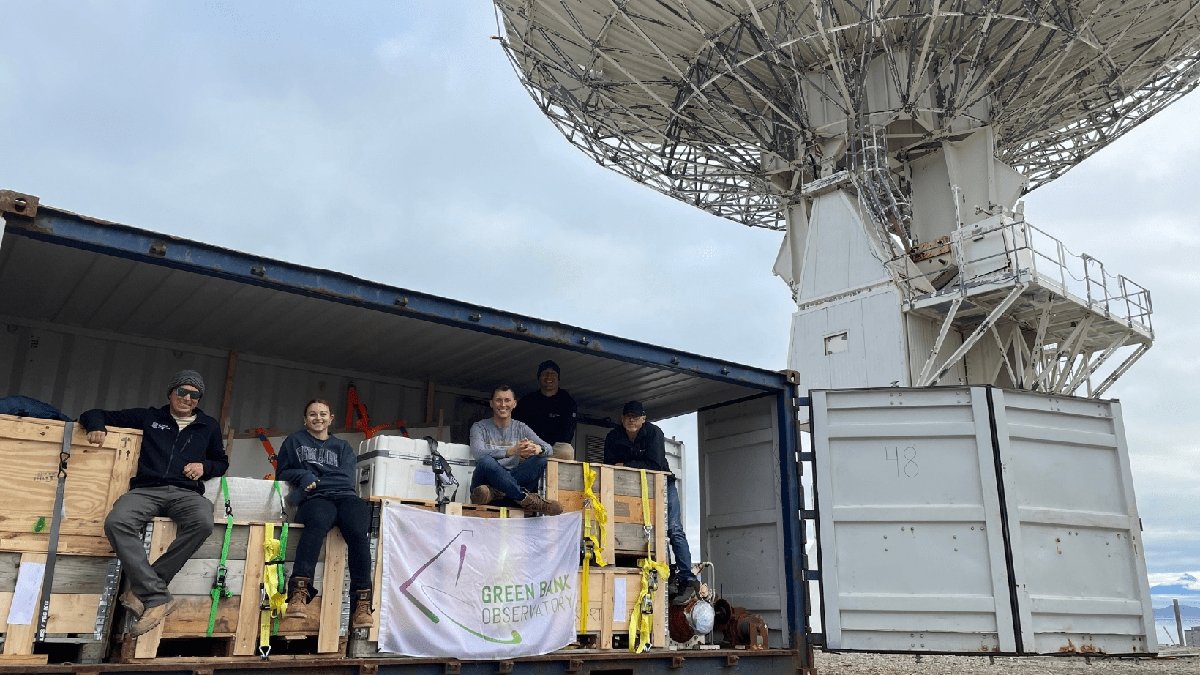A New Chapter in Lunar Exploration: An In-depth Look at JAXA’s SLIM Mission’s Resurgence
In recent astronomy-related news from our sources, the Japan Aerospace Exploration Agency (JAXA) has triumphantly overcome a minor hiccup concerning the solar batteries of its Smart Lander for Investigating Moon (SLIM). This comes after the lander executed a successful soft lunar landing, cementing Japan’s place among the elite group of nations—including the United States, the former Soviet Union, China and India—that have accomplished similar feats.
SLIM’s Cutting-edge ‘Pinpoint Landing’ Technology
One of the reasons that SLIM’s lunar touchdown stands out amongst other similar missions is due to its use of ‘pinpoint landing’ technology. This impressive technological advancement reduced the targeted landing zone to a scant 100 meters, a significant downsize compared to the 10-kilometer landing zones of earlier probes. This suggests more precise, controlled lunar landings in specific locations in the future, opposed to the relatively imprecise touchdown in areas simply easier to reach.
A New Era of Lunar Doors with SLIM
According to statements delivered by JAXA on social media, the agency has not only successfully reinstated communication but also resumed operations with SLIM. The agency is now engaging in scientific observations using the multiband spectroscopic camera (MBC), achieving its initial 10-band observation light. Alongside these milestones, an image was shared, showcasing a nearby rock fondly nicknamed the ‘toy poodle’ by the team.
The mission’s predominant aim is to analyze various lunar minerals to gain insight into the Moon’s genesis. To achieve this, the lander, engineered to minimize impact on landing, was programmed to touch down in proximity to the Shioli crater—a region known for its volcanic rock.
SLIM Outperforms Competitors
Contrasting the advancements of SLIM’s mission, one can’t help but acknowledge the struggles experienced by a certain private company based in the US during their recent attempt at lunar exploration, resulting in a fuel leak post-launch. Meanwhile, SLIM continues its mission having been successfully transported into space via a Mitsubishi Heavy H2A rocket and subsequently entering lunar orbit on Christmas Day. Even after minor operation issues, the team behind SLIM managed to successfully resume the mission, marking yet another significant milestone in lunar exploration.














